Participation
NLC ARTICLES

True participation in the liturgy is both inward and outward, internal and external. Each of the baptised takes part in the corporate action of the liturgical assembly and participates in the saving mystery of Christ’s death and resurrection.
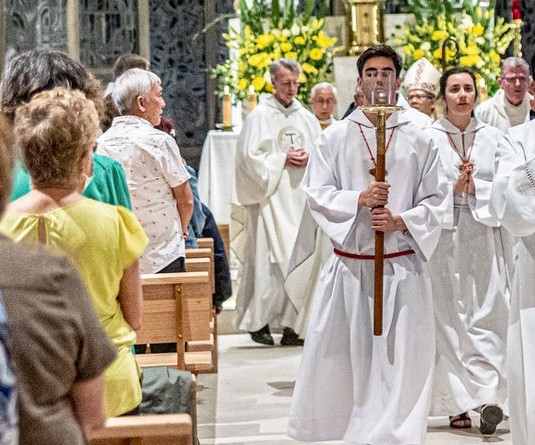
Worship comes from the heart but it is always expressed through the totality of the human person. The assembly participate in the liturgy through bodily actions, in a series of common movements, postures, and processions.
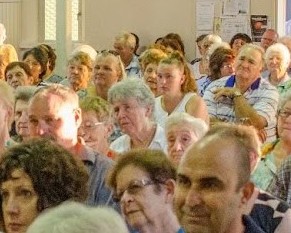
The role of all the words and symbols and ritual action of the Mass is to engage the whole person in body, mind and spirit at a deep level of faith. Occasions of silence are of the utmost importance, as are opportunities to join in musical expressions of praise. While there are many ways that people participate in the Mass physically and vocally these are all designed to promote interior participation.
DIOCESAN RESOURCES

Adelaide
This downloadable resource offers guidelines on the use of visual display systems, including what to consider when installing them in a church. It describes how to prepare a presentation for use in the liturgy and how to operate the display during liturgical celebrations. (PDF: 568, 16 pages)
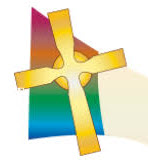
Ballarat
This downloadable PDF provides guidelines for preparing and using visual displays in the liturgy for the Diocese of Ballarat. It provides some general principles for encouraging active participation and outlines the preparation of different materials and some of the technical considerations. A list of the types of displays in relation to different parts of the mass are included. The guidelines also include sections for Funeral liturgies, Confirmation and First Communion. The Appendices include guidelines for installing a visual display system in a Church and copyright considerations. (PDF: 217 KB, 36 pages)
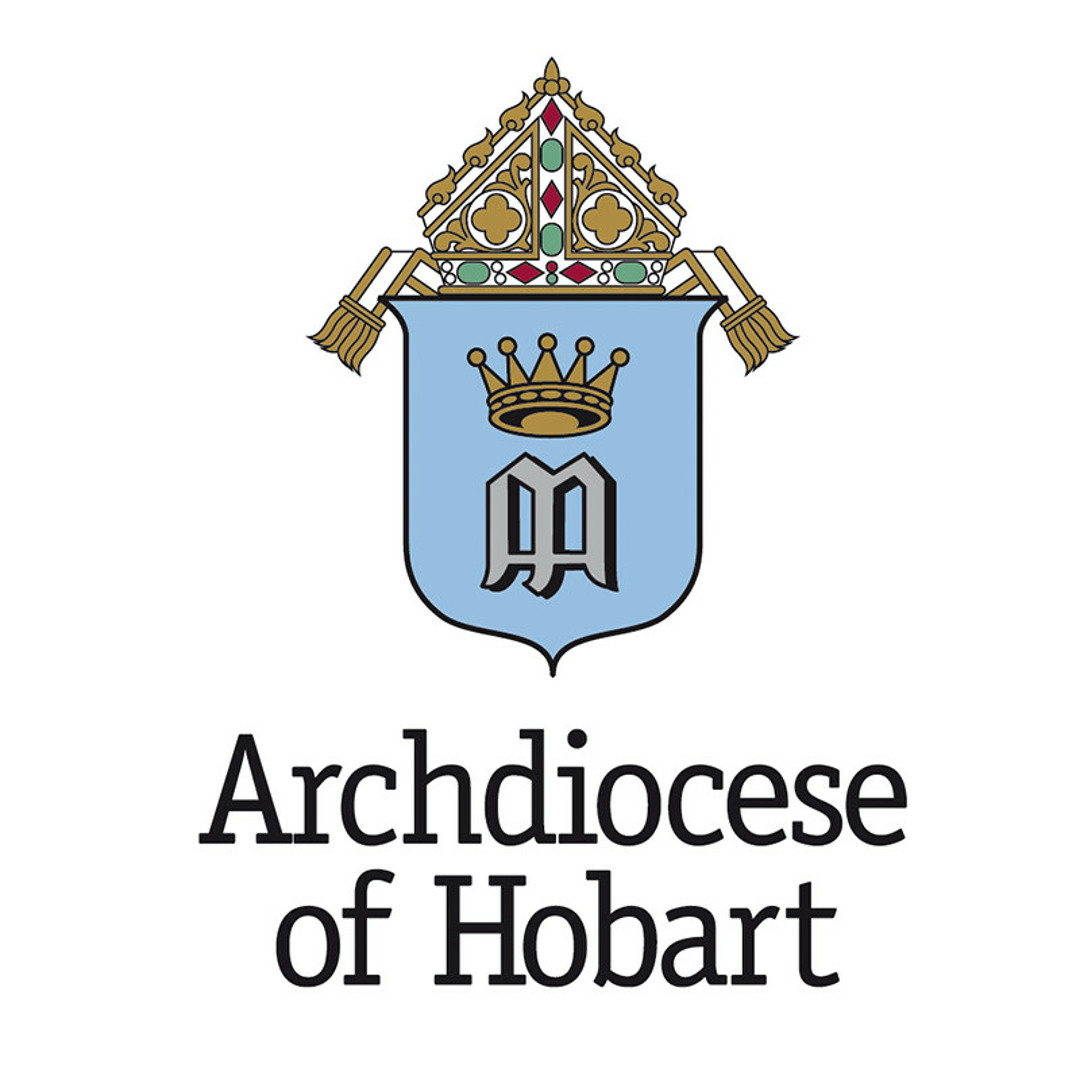
Hobart
This downloadable short pamphlet describes the importance of worship booklets and how they aid the participation of those who celebrate the liturgy. It offers some advice about their preparation, including considerations such as the font, layout, copyright, checking the contents and what to include and exclude. (PDF Pamphlet, 192 KB, 2 pages)

Perth
These downloadable resources provide guidelines for those who minister audio-visual worship aids. They describe how projection equipment can aid participation, rather than overwhelm the liturgical setting. They provide a list of key considerations for those who create presentations and operate them during the liturgy. (PDF: 291, 3 pages)

Toowoomba
These downloadable guidelines provide an overview of how data projectors can be used in the liturgy. They list each part of the Mass and describe the focus of the rite and indicate what would be displayed visually for each element. (PDF: 391 KB, 2 pages)
Other Resources
Journal Articles

Ensuring that families and children are welcomed, acknowledged and provided for, requires intentional planning, preparation and commitment. This article offers a rich array of practical and meaningful suggestions for engaging families and children in the celebration of the liturgy.
Podcasts
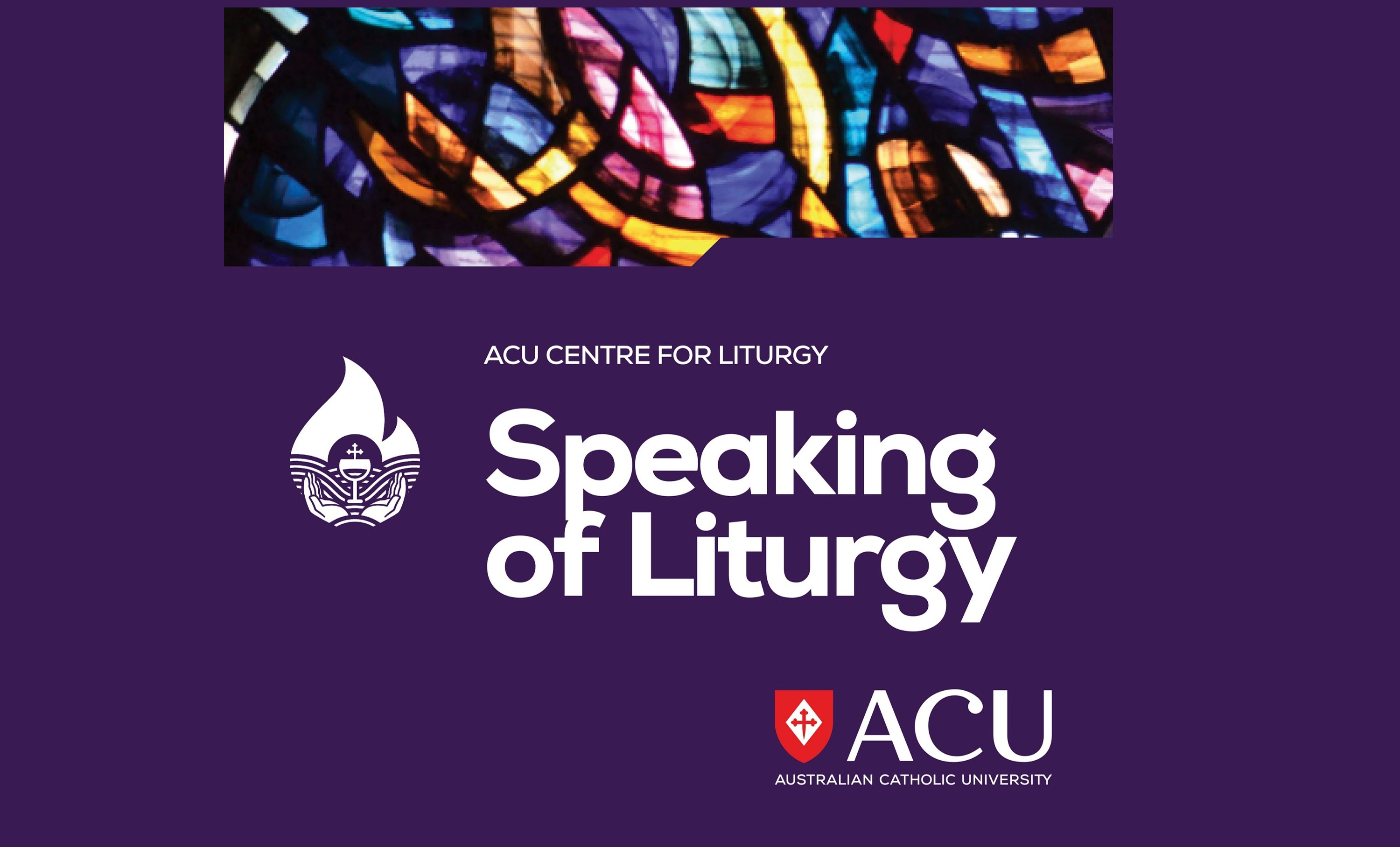
Prof Clare Johnson asks, 'What does it mean to be fully present as we celebrate the liturgy?'

